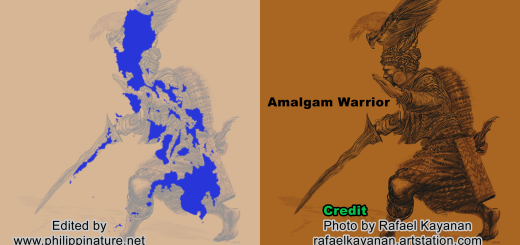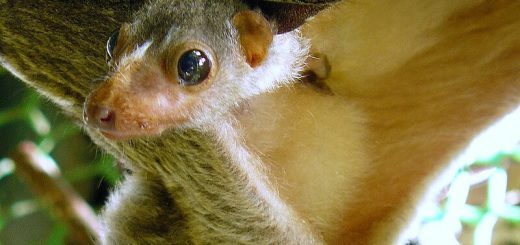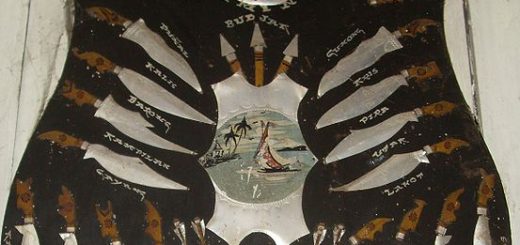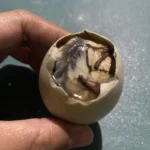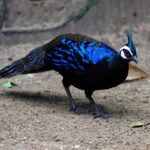Philippine Crocodile – A Unique Treasure of Biodiversity
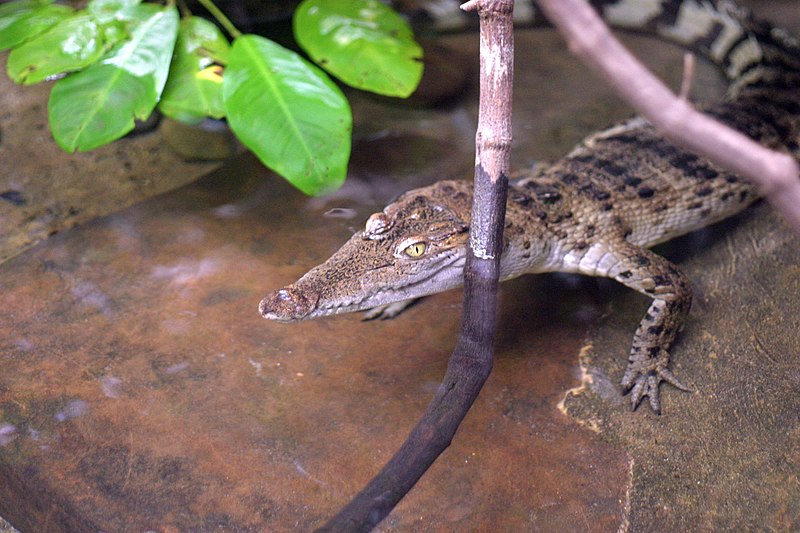
The Philippine Crocodile (Crocodylus mindorensis) is a remarkable species that holds a significant place in the biodiversity of the Philippines. Endemic to the archipelago, this freshwater crocodile is not only a crucial part of its ecosystem but also a symbol of conservation efforts in the country. In this blog, we’ll explore the characteristics, habitat, behavior, and the pressing conservation issues facing this fascinating reptile.
Philippine Crocodile Physical Characteristics
The Philippine Crocodile is smaller than its saltwater cousin, typically growing to about 2 to 3 meters (6.5 to 10 feet) in length. Some individuals can reach lengths of up to 4 meters (13 feet). They are characterized by:
Broad Snout – Their wide snout is adapted for catching fish and other prey in freshwater habitats.
Distinctive Coloration – They usually have a dark, olive-brown color with lighter patterns, providing excellent camouflage in their natural surroundings.
Strong, Powerful Body – Like all crocodiles, they possess strong jaws and a muscular body, making them adept hunters.
Habitat and Distribution
The Philippine Crocodile is primarily found in the freshwater lakes, rivers, and marshes of the Philippines. It prefers areas with abundant vegetation, which offers shelter and breeding grounds. Historically, this species was more widespread, but its population has drastically declined, with remaining populations mostly concentrated in select areas of Mindanao and Palawan.
Philippine Crocodile Diet and Behavior
As carnivores, Philippine Crocodiles primarily feed on fish, crustaceans, and small mammals. Their hunting strategy involves lying in wait and ambushing prey, using their excellent camouflage to blend into the water’s surface.
Social Behavior
Unlike some other crocodile species, the Philippine Crocodile tends to be more solitary. Males and females come together primarily during the breeding season, which typically occurs between May and August. Females build nests near water bodies, laying about 10 to 30 eggs. After about 80 to 90 days, the hatchlings emerge, and the mother often protects them until they are strong enough to fend for themselves.
Conservation Status and Efforts
The Philippine Crocodile is classified as Critically Endangered by the International Union for Conservation of Nature (IUCN). The species faces numerous threats, including:
Habitat Loss – Deforestation, agricultural expansion, and urban development have led to significant habitat destruction, leaving fewer suitable breeding and hunting grounds.
Human-Wildlife Conflict – As human populations expand into crocodile habitats, conflicts arise, often leading to the persecution of these reptiles.
Illegal Hunting and Trade – While there are laws against hunting them, poaching for their skins and meat persists, further endangering their populations.
Several initiatives are underway to protect the Philippine Crocodile:
Protected Areas – The establishment of protected areas helps safeguard their habitats and breeding sites.
Community Engagement – Local communities are involved in conservation efforts, promoting coexistence and reducing human-wildlife conflict through education and awareness programs.
Research and Monitoring – Ongoing research aims to gather data on population sizes, breeding habits, and habitat preferences to inform conservation strategies.
The Philippine Crocodile is not just a fascinating reptile but also a vital component of its ecosystem. As a species under threat, it highlights the importance of conservation efforts in preserving the unique biodiversity of the Philippines.
By supporting initiatives that protect their habitats and promote awareness, we can ensure that future generations will have the opportunity to witness these incredible creatures in their natural environments. Let us celebrate the Philippine Crocodile as a symbol of resilience and a reminder of our responsibility to protect the natural world.
References:
https://en.wikipedia.org/wiki/Philippine_crocodile

